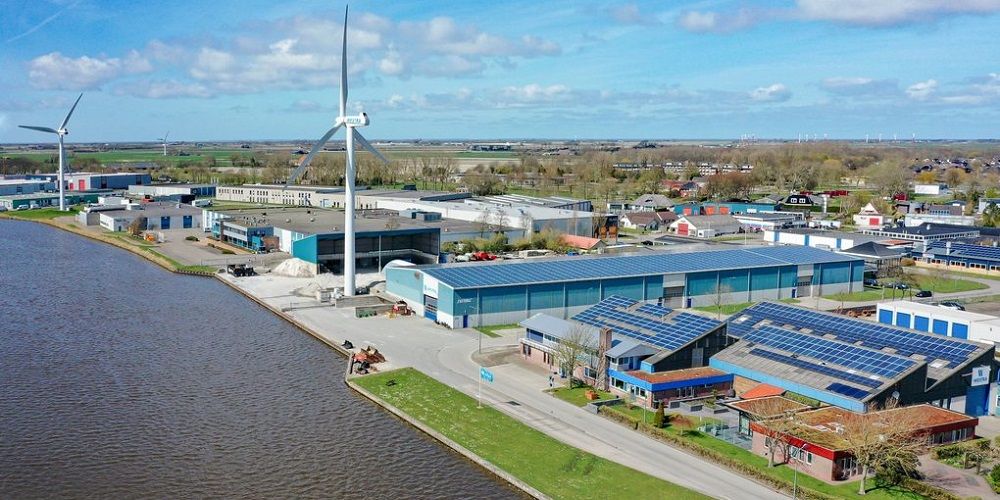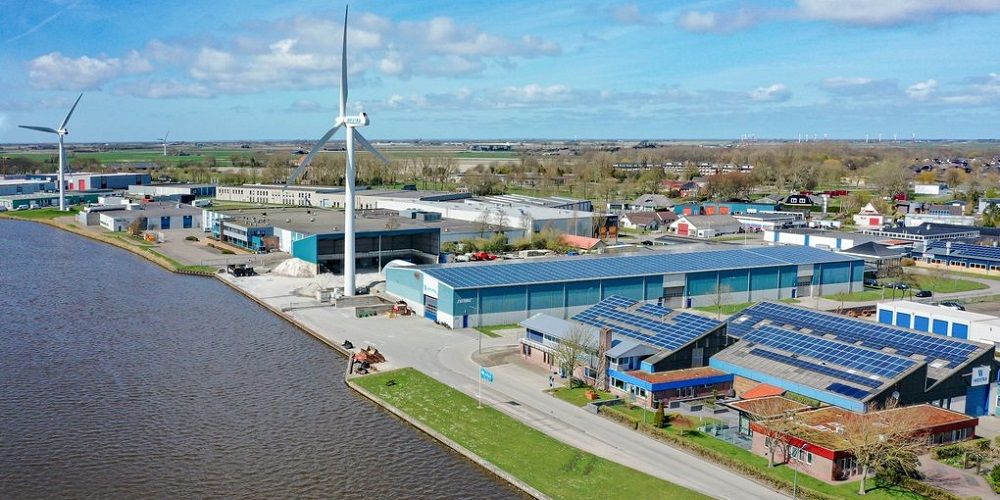04.07.2024 Jan de Wit

The Dutch Environmental Assessment Agency (PBL) concluded at the end of last year that the 35 TWh that the Regional Energy Strategy (RES) regions should provide by 2030 is feasible. The national RES programme comes to the same conclusion in a technical briefing and warns that there is less and less space for new onshore wind and solar power generation capacity. Both the physical space available and the space in policies, legislation and regulations are decreasing. As a result, the target of 55 TWh by 2030 will not be achieved at this rate.
There are thirty regions in the Netherlands where governments are working together on their own regional energy strategy. These plants should be able to generate at least 35 TWh of sustainable electricity by 2030, but together they aim for 55 TWh.
PBL proposed end of 2023 Accuracy Monitor 2023 By 2030, it is likely that around 34 to 44 TWh of electricity will be generated from onshore wind and solar. This means that the 35 TWh target will “most likely” be achieved. The 55 TWh target is still out of reach.
“This requires a lot of perseverance and creativity, because there are fewer and fewer places for sun and wind on Earth. Governments continue to strive to achieve the 55 TWh they have set. This is necessary to comply with national and European agreements and because affordable electricity is important for society and for spatial and economic development,” concludes the National Renewable Energy Programme.
The shrinking space for new wind and solar power generation capacity on Earth is not just physical. Growing grid congestion issues, new national environmental standards for wind turbines, and changing social debate and political relations are also causing delays.
However, the National Renewable Energy Program also sees that energy cooperatives, businesses, residents, administrators, governments and grid operators are constantly looking for solutions, such as local storage and energy sharing within energy communities and energy hubs. This also shows that more and more renewable energy regions are trying to achieve solutions from a systems perspective, which is a critical component of the solution given all the additional challenges.
Acceleration is needed, even after 2030.
Through the National Energy System Plan, the central government is guiding better use and faster expansion of the electricity grid. This is necessary according to the National Renewable Energy Program to realize the necessary wind and solar projects. One complicating factor is that some provinces, such as Overijssel, have spoken out against the construction of new onshore solar parks.
But it is not only necessary to accelerate to reach 55 TWh by 2030. Even by 2050, more wind and solar power generation capacity will be needed. According to the National RES Program, several things are important for this purpose.
“To conserve energy and cooperate in the regions, a common view on the role of the regions in the energy system after 2030 is needed. The joint administrative agreements on the National Energy System Plan that are under preparation will help in this. In addition, structural funding is needed to properly organize knowledge and expertise.”
“In order to make adjustments in the transition phase, practice-oriented research is also needed over several years. This research should focus on the long-term impacts of, for example, wind and solar energy on biodiversity, nature, health and quality of life, but also on improving energy generation through innovation.

“Coffee buff. Twitter fanatic. Tv practitioner. Social media advocate. Pop culture ninja.”











More Stories
Which can cause an increase in nitrogen.
The Central State Real Estate Agency has no additional space to accommodate Ukrainians.
The oystercatcher, the “unlucky national bird,” is increasingly breeding on rooftops.